How To Prevent Running Injuries
Running is a privilege. Working in a rehabilitation setting, we recognize that not everyone is able to run during periods of injury, nor will some people ever be able to run for one reason or another. To that end, it makes sense as runners to do everything in our power to maximize our chances of running without injury impeding our privilege to do so.
Exercises To Prevent Running Injuries
The following exercises are designed to help all runners improve their lower body strength and flexibility, as well as their core stability. Incorporating these exercises into your running routine may help to prevent some of the common injuries that runners often suffer from. Be sure to do a proper warm-up prior to doing any exercise.
Lunges:
Your form is key with lunges. Take a large step, landing on your heel and weight bearing through your whole foot (make sure you stay off your toes!). From a front view, maintain vertical alignment through the centre of your ankle, middle of your knee, up to your hip; don’t let your knee deviate inward, or your hip outward. Bend your back knee as you land, and don’t let the knee of your front leg pass forward beyond your ankle. Your lower leg should be perpendicular to the ground at the bottom of your lunge when viewed from the side. Keep your trunk upright with good posture – don’t lean forward. Watch your form when stepping backwards out of the lunge. You may wish to take 2 steps to get back to your starting position rather than one giant step. Repeat on the same leg 5-10 times before switching to the other side. Easy!
Calf Raises:
Standing with the balls of your feet on the edge of a step, raise both heels up as high as you can. At this point, lift one foot off the step and descend back to your starting position on 1 leg. Repeat this 10 times on one leg before switching to the other.
Squats:
With a swiss ball behind you, lean back against a wall. Walk your feet forward until they are 8-12 inches in front of your hips. Keeping your back straight, bend at your knees and hips to lower yourself. Be careful not to lower yourself too low. Your thighs should not go beyond parallel to the floor. Maintain good vertical alignment of your hips, knees and ankles. Try tightening your gluteal muscles prior to moving, and maintain that contraction throughout the entire squat. Repeat 10-15 times and perform 3-5 sets.
Plank:
The plank is an excellent core stabilization exercise that can be adjusted in many ways to challenge yourself or to make it easier for beginners. A beginner plank can be done on your knees, keeping your back flat and parallel to the ground. A full plank should again have your back parallel to the ground like a tabletop, maintaining as flat a spine as possible – try to stop your low back from arching downward during this exercise. If this becomes easy, try lifting one leg at a time without any shifting from side to side in your trunk.
Try holding for 20-30 seconds, and repeat 5-10 times.
Stretches:
The basic lower body stretches for runners are the hamstring stretch (back of the thigh), the quadriceps stretch (front of the thigh), and 2 variations of a calf stretch. There are several ways to do each of these stretches, depending on your environment and which feels like it does the best job for you. It is important to remember to warm-up prior to stretching and to find positions that encourage the muscles to relax. Try not to be balancing on one leg while stretching your hamstrings and quadriceps, as these muscles will stay active. Hold onto something, or find another position to stretch in. Hold each stretch for a minimum of 30 seconds without moving. Repeat 3-5 times each.
How A Specialist Can Help
We all run for various reasons, but in the end, we all want to be able to run without pain.
There are many factors that can lead to running injuries, including poor biomechanics, improper training, congenital factors (flat feet, etc.), and poor footwear to name a few. In order to maximize your chances of running pain-free, take the initiative of preventing injuries before they occur.
Get assessed by a therapist who specializes in treating runners, and visit a footwear specialist to make sure you’re running in the right shoes for you.
The exercises above can help to prevent many running injuries, but taking the time to find out where your weaknesses lie is the best approach to injury prevention.
Kevin Stoll, Bsc.PT
Trailside Physio
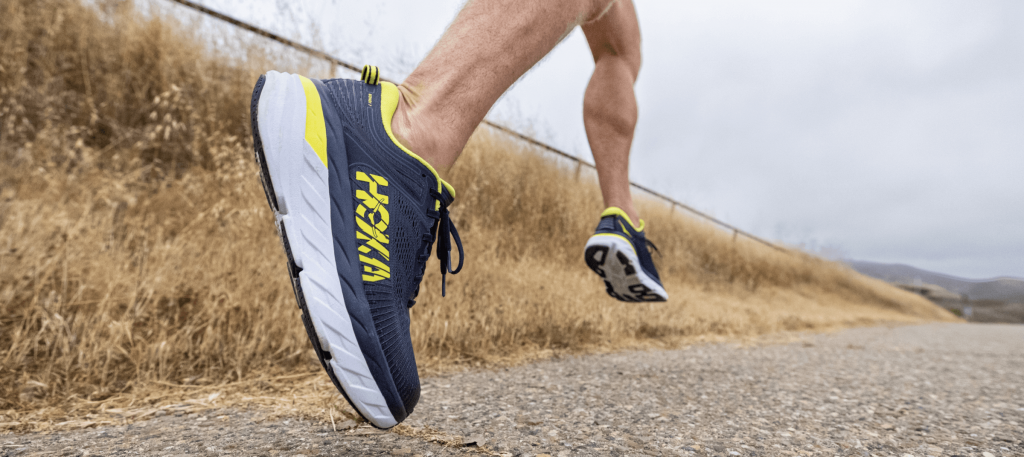

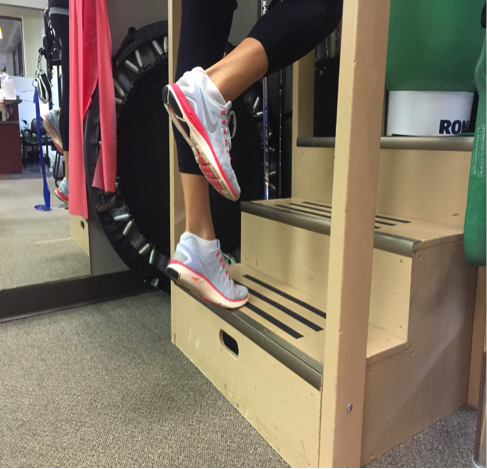
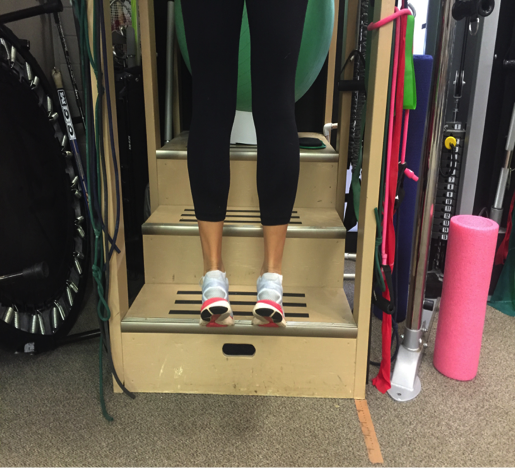
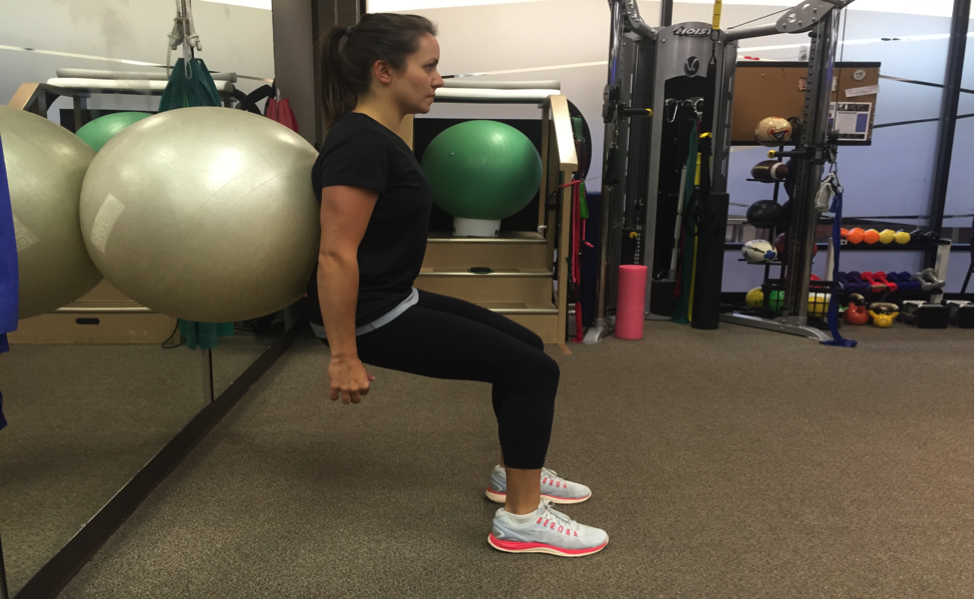
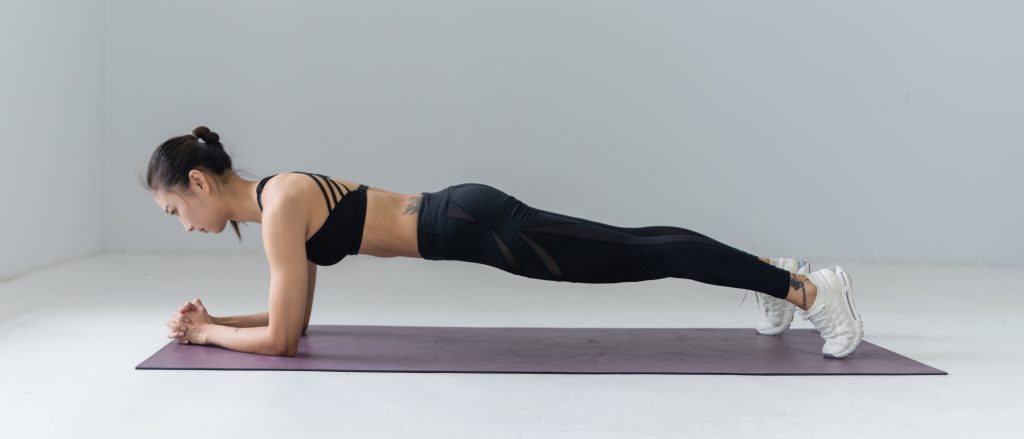
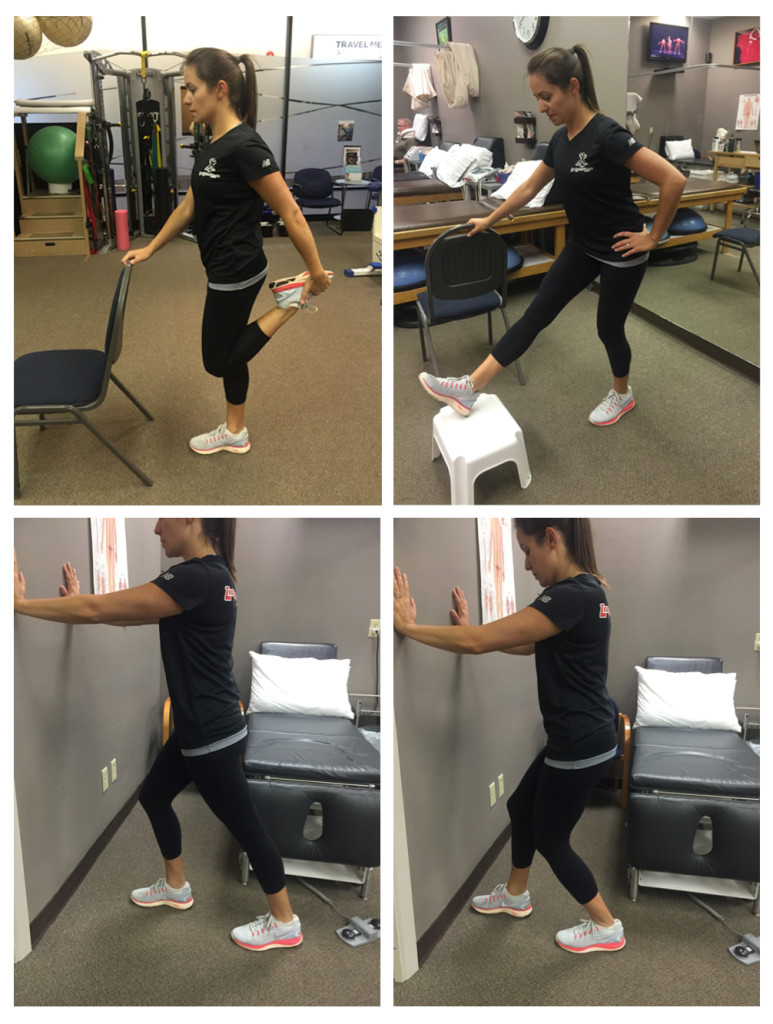
No Comments